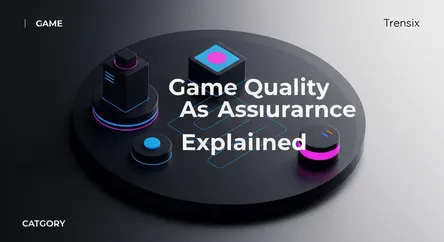Game
Game Quality Assurance Explained

Discover what Quality Assurance (QA) is in gaming, why it's vital for development, and how it ensures a polished, bug-free player experience.
What is it?
Quality Assurance, or QA, in the game industry is the systematic process of ensuring a video game meets the required quality standards before it's released to the public. More than just "playing games," QA involves meticulous testing by dedicated testers who search for bugs, glitches, graphical errors, and gameplay imbalances. They follow detailed test plans to check every aspect of the game, from the user interface to complex game mechanics, and document any issues for the development team to fix. The goal is to identify and resolve problems to deliver a stable, functional, and enjoyable final product.
Why is it trending?
As games grow in complexity and scale, the potential for bugs increases exponentially. A poorly tested game can lead to a disastrous launch, resulting in negative reviews, player backlash, and significant financial loss for the studio. High-profile examples of buggy releases have made both developers and consumers hyper-aware of the importance of a polished experience from day one. Furthermore, the rise of live service games, which receive continuous updates, requires ongoing QA to ensure new content doesn't break the existing game, keeping the process constantly relevant.
How does it affect people?
For players, effective QA is the invisible shield that protects their experience. It ensures the game they paid for works as intended, preventing frustration from crashes, corrupted save files, or unfair exploits. A well-tested game feels professional and respects the player's time and investment. For developers, a strong QA team is a critical safety net. It safeguards the studio's reputation, helps secure positive reviews, reduces the need for costly post-launch patches, and ultimately contributes to the game's commercial success and the long-term health of the company.